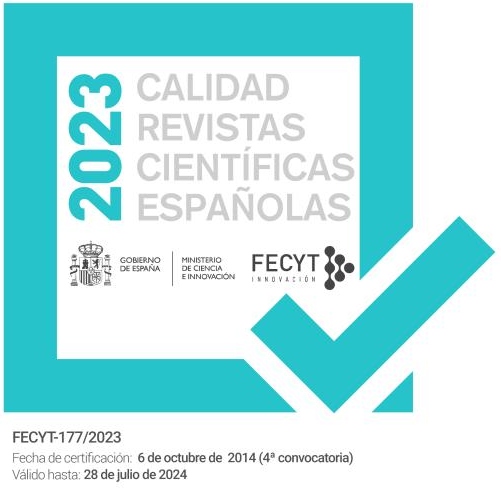Non-judicial repayment agreements following Law 25/2015 of 28 July on the second-chance mechanism, and mortgage lending
Keywords:
Non-judicial repayment agreement, Collateral, Guaranty, Nonrecourse debtAbstract
Under the legal framework governing Non-judicial Repayment Agreements (NJR agreements) designed by Law 14/2013, loans secured by a collateral could only be included under the non-judicial repayment agreement and affected by it where this was so decided by the creditors of the loan, notifying this expressly to the insolvency receiver. As such, it was a voluntary framework. In contrast, Law 25/2015 of 28 July on the second-chance mechanism (deriving from Royal Decree-Law 1/2015 of 27 February) introduces, as the main elements of the new legal framework governing NJR agreements, the extension of its scope of application to natural persons who are not business proprietors, establishing a simplified procedure for such people and the possibility of extending the effects of the agreement to dissenting secured creditors, who would be ‘dragged into' it. Within the context of an NJR agreement, a creditor with a guaranty of this kind may be compeüed to accept an assignment of collateral in settlement of its claim (for 100% of the updated value of the mortgaged asset). Where such an assignment of collateral is insufficient to completely discharge the preferred credit right (the value of which is determined in accordance with artículo 94.5 of the Insolvency Act), the balance shall remain undischarged within the NJR agreement in accordance with the pertinent classification and subject to any write-offs or deferrals that may be agreed. Although it could be argued that the assignment of collateral in settlement of the debt should be for 100% of the initial appraised value of the asset.







